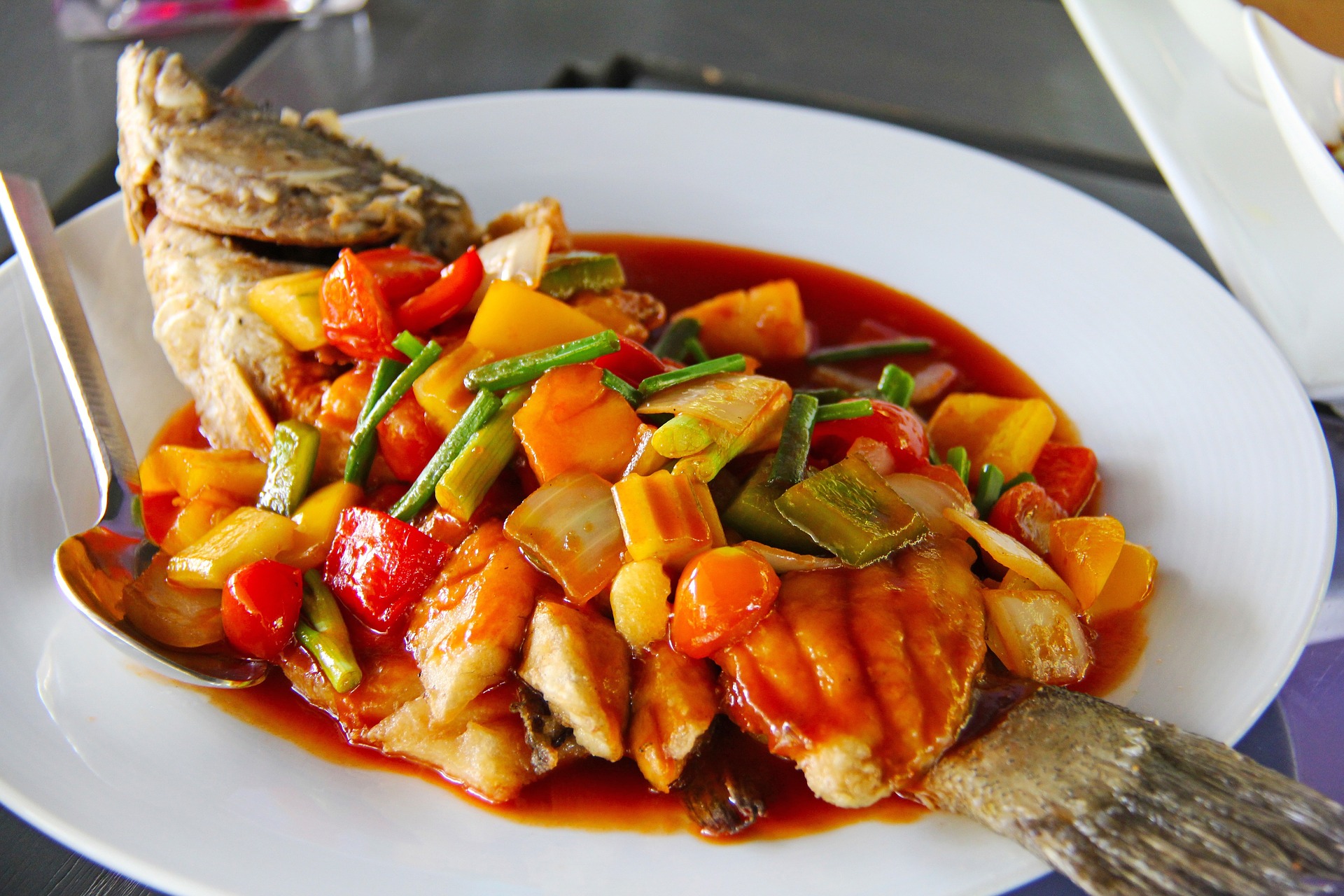HangZhou – Introduction

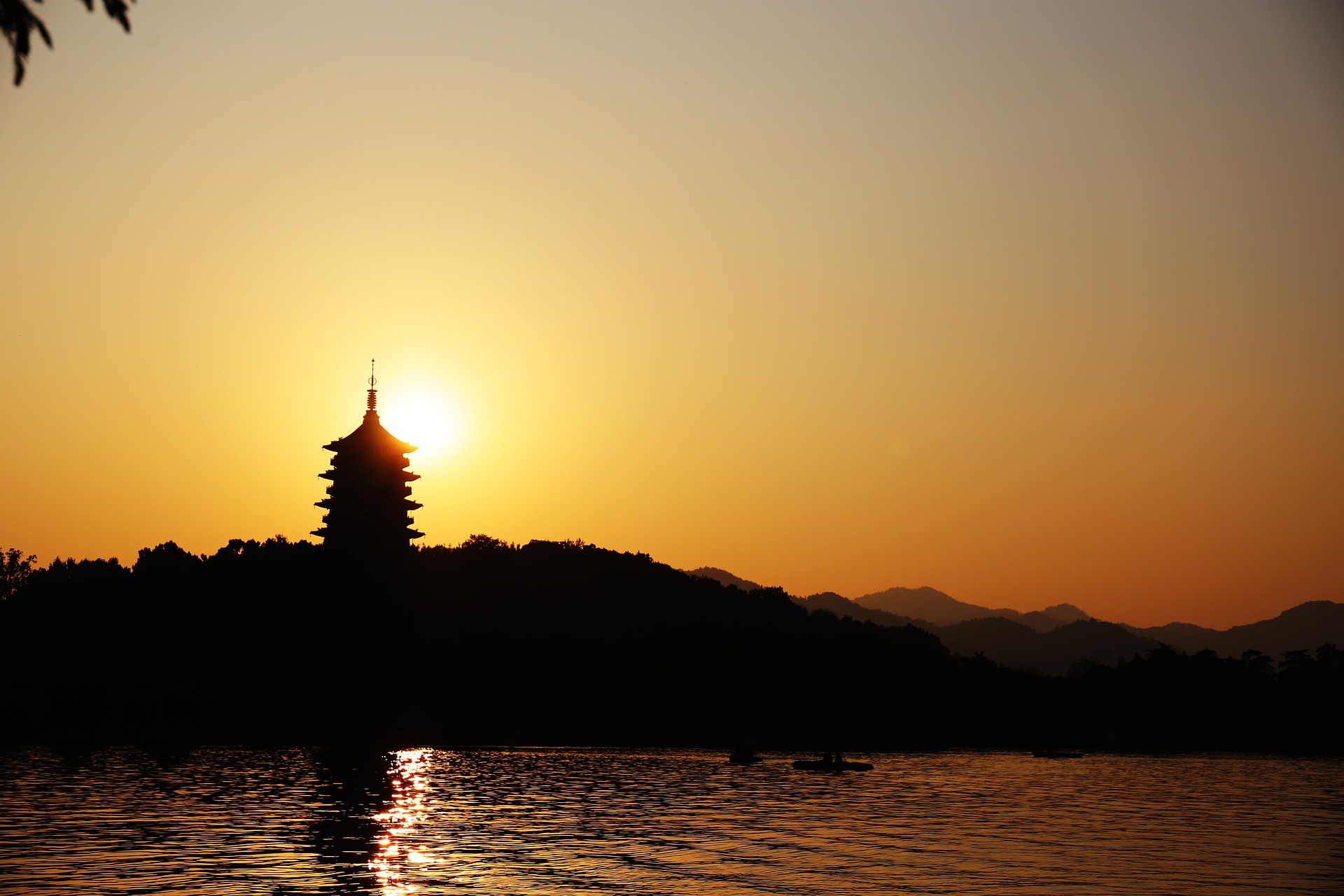
Hangzhou is located in East China, downstream of the Qiantang River, along the southeast coast, in northern Zhejiang and at the southern end of the Beijing-Hangzhou Grand Canal. It is the core city of the Hangzhou Bay Area, the center of the Shanghai-Jia-Hangzhou G60 Science and Technology Corridor and an important international e-commerce center. Hangzhou is home to many cultural relics, including the West Lake culture, Liangzhu culture, silk culture and tea culture, as well as many stories and legends that have been passed down in Hangzhou.
Hangzhou has a history of more than 2,200 years since it was established as a county in the Qin Dynasty and was once the capital of the Wu and Yue kingdoms and the Southern Song Dynasty. Because of its beautiful scenery, the city is known as “heaven on earth”. Hangzhou benefited from the convenience of the Beijing-Hangzhou Canal and trading ports, as well as its own developed silk and grain industries, and was historically an important commercial distribution center. Later, with the opening of the Shanghai-Hangzhou Railway and other railway lines, and the impetus from Shanghai’s import and export trade, light industry developed rapidly. Since the new century, the Internet economy has become a new economic growth point for Hangzhou with the drive of high-tech enterprises such as Alibaba.
The 2018 World Short Course Swimming Championships and the 2022 Asian Games were held in Hangzhou.2017 China’s top 100 cities ranked 7th.In June 2019, the future network test facility was opened for operation. On November 29, Hangzhou’s direct flight route to Cairo was officially opened. In December 2019, Hangzhou was positioned as a megacity by the Yangtze River Delta regional integration development plan outline.
Travel Time

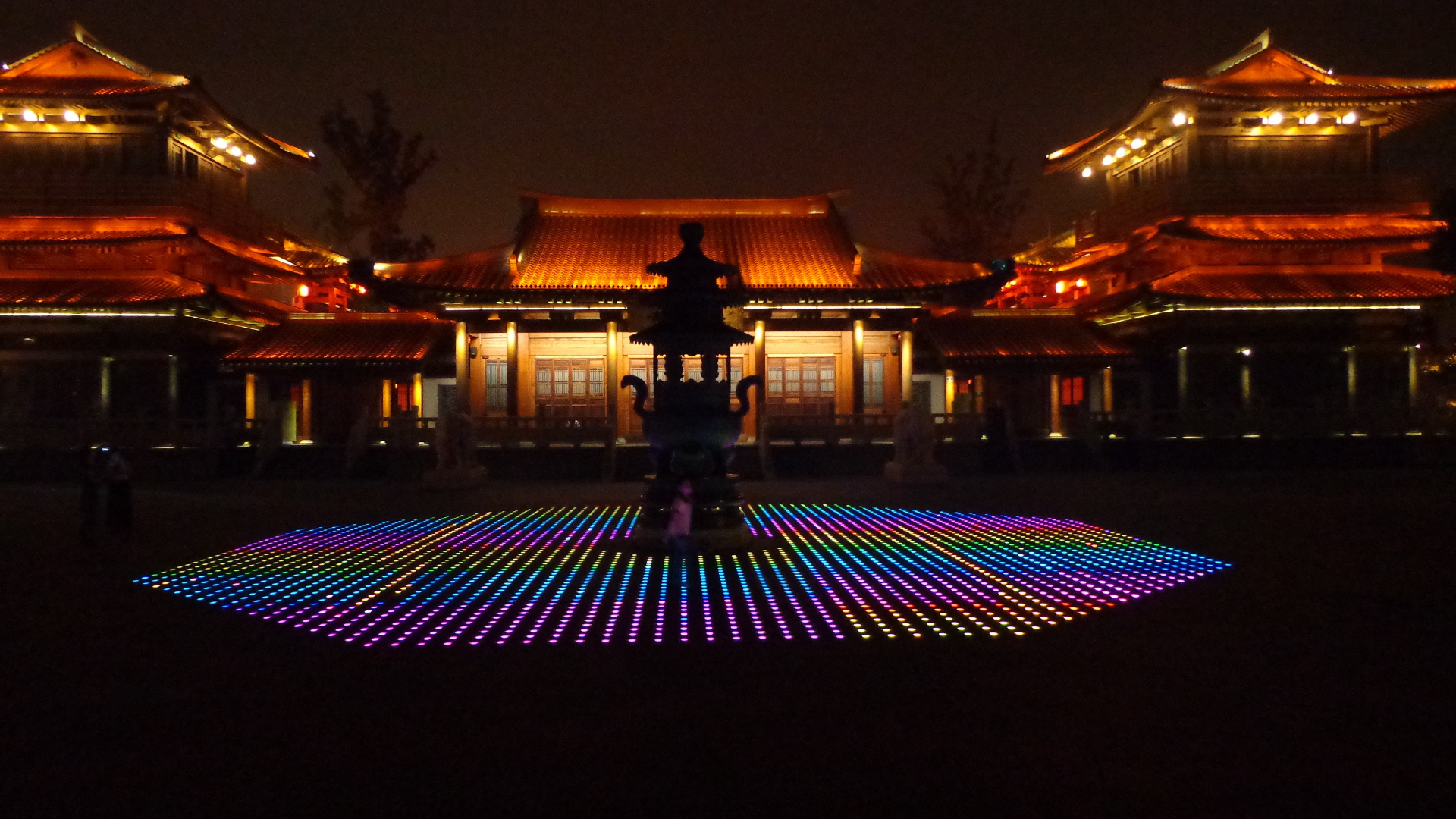
The best time to visit Hangzhou is March-April and September-October.
Hangzhou has four distinct seasons, spring and autumn being short and warm in spring and summer, and winter and summer being long and cool in autumn and winter.
In the spring, the breeze is warm and the water is warm, so it is best to take a stroll along the Su Causeway to enjoy the flowers, or to admire the West Lake, which is “always suitable for light makeup and thick makeup”.
In summer, the weather is hot, and the lotus flowers bloom under the scorching sun; July is the rainy season, and the weather is sunny and rainy; August is the month for typhoons, and there is often pouring rain.
In autumn, the fragrance of osmanthus flowers and the rain of osmanthus flowers in the autumn is very refreshing, and there are a lot of visitors. Around mid-autumn, in Hangzhou, during the day can watch the tide of the Qiantang River, at night can swim West Lake to enjoy the moon.
Winter cold and wet, winters plum competition, at this time the three major plum-viewing shrines – the Lone Mountain plum-viewing, Lingfeng, Chaoshan must go. One of the ten scenes of the old West Lake – Broken Bridge broken snow also ushered in the most touching time.
Food

Dongpo Pork
Dongpo pork, also known as rolled pork and Dongpo stew, is a traditional dish of Meishan and Jiangnan regions. It can be found in Su cuisine, Zhejiang cuisine, Sichuan cuisine, and other cuisines, and the methods vary from place to place, such as boiling before cooking, boiling before steaming, or stewing directly to collect the juice. The main ingredients and shape of the Dongpo pork are similar, the main ingredients are half-fat and half-lean pork, the finished dish is a neatly yarded mahjong block, red and translucent, the color is like onyx, pick up a piece to taste, soft but not rotten, fat and not greasy.
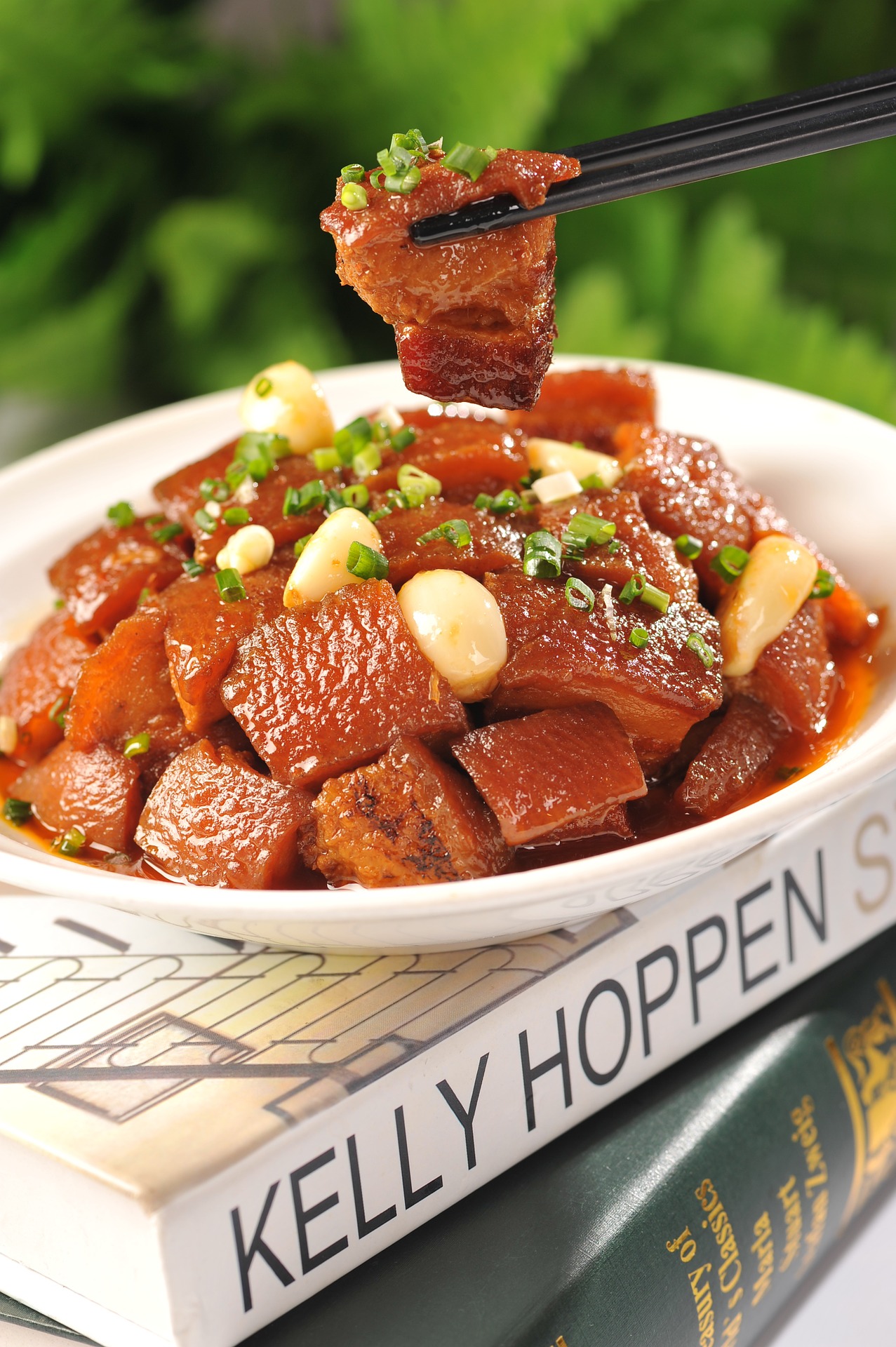
Steamed dumpling
Xiao Long Bao, also known as Xiao Long Bao, is customarily called Xiao Long Bao in Southern Jiangsu, Shanghai and Zhejiang, Xiao Long Bao in Sichuan and Wuhu, and Steamed Bao in Wuhan, with 10 buns in one steamer basket, 10 buns for one basket. Xiao Long Bao is a famous traditional snack in the south of the Yangtze River in Changzhou, Wuxi, Suzhou, Nanjing, Shanghai, Hangzhou, Ningbo, Jiaxing, etc. During the Daoguang period of the Qing Dynasty, the Xiao Long Bao was introduced to the southern part of the Yangtze River. During the Daoguang period of the Qing Dynasty, the modern form of Xiao Long Bao appeared in Nanjing, Jiangsu Province, and formed their own characteristics in different places, such as Changzhou delicious, Wuxi sweet, Suzhou tasty, but all have the common characteristics of thin skin, brine, fresh, fragrant and delicious, and has also been spread in Kaifeng, Tianjin and other places. The Shanghai Nanxiang Xiao Long, which was born in the late Qing Dynasty, has a long history and is well known at home and abroad.
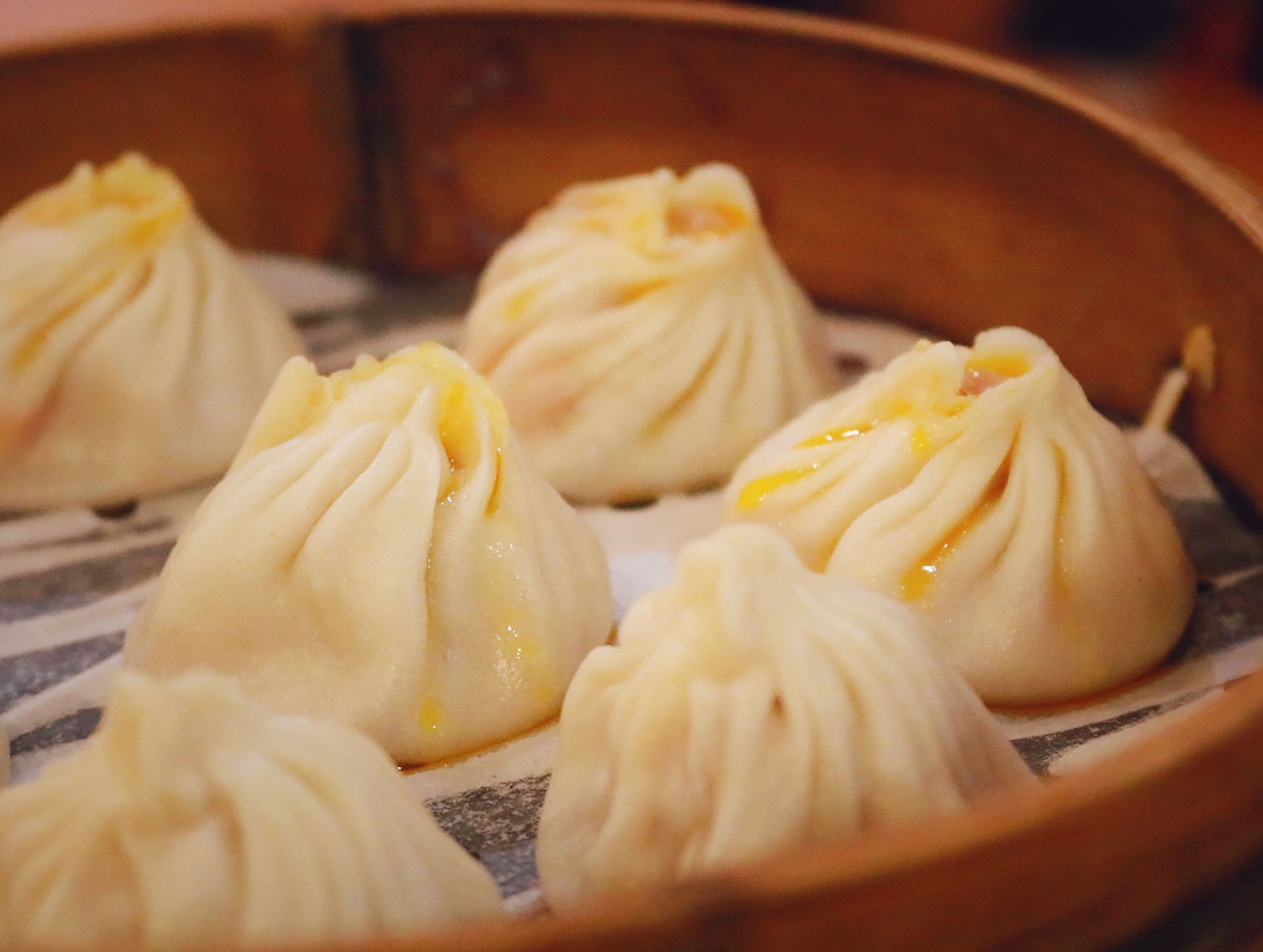
West Lake Fish in Vinegar Gravy
Sister-in-law Fish, also known as Sister-in-law Chuan Zhen, is a traditional local flavor dish in Hangzhou, Zhejiang Province, belonging to the Zhejiang cuisine.
West Lake vinegar fish is usually cooked with grass carp as raw material. After cooking, poured with a layer of smooth and oily sweet and sour vinegar, the pectoral fins are erected, and the fish is tender and sweet with crab flavor.
On September 10, 2018, “Chinese cuisine” was officially released, “West Lake vinegar fish” was named the top ten classic dishes of Zhejiang Province.
